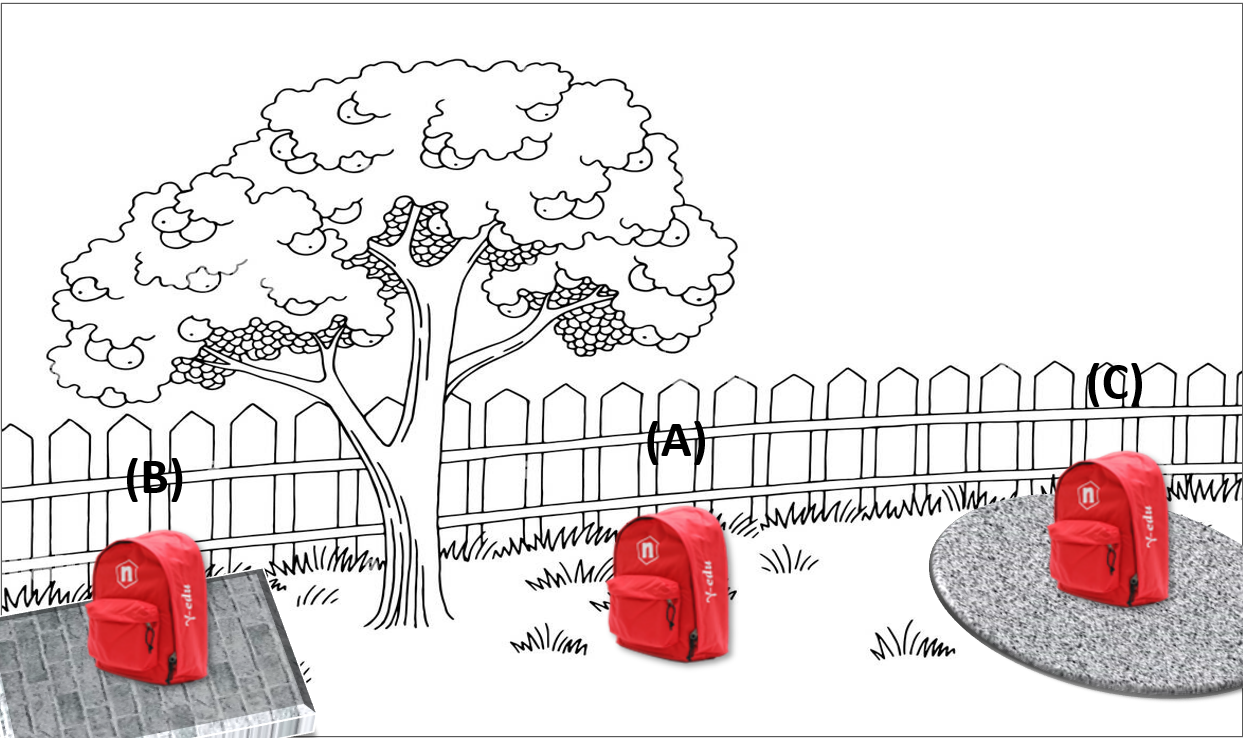| Difficult | Execution Time | Data Analysis | Radioactive Sources |
|---|---|---|---|
| Yes | No |
Equipment:
Purpose of the experiment:
The experimental activity aims to give to the user a critical understanding of environmental radioactivity phenomenon.
Fundamentals:
The use of portable gamma-ray spectrometers (NaI) as a probe for exploring the natural radioactivity allows the users to be able to grasp quantitative insights of the spatial distribution of the terrestrial radionuclides (i.e. U, Th and K) in the daily environment.
In the specific case of in-situ gamma ray spectroscopy, there are many variables that could interfere with the measurement, such as the presence of vegetation or buildings and the morphology of the area affecting the field of view of the spectrometer. In addition, soil humidity has an attenuating effect on gamma radiation and sources having weak intensities need longer acquisition times. Moreover, the different types of ground coverage (like asphalt, grass, or brick) affect the measurement considerably. It is interesting to observe and understand how some type of ground coverage can be most or least abundant in natural radioactivity terms.
Requirements:
No other tool is needed.
Carrying out the experiment:
Power on the γstream inside the red backpack. Power on the tablet and associate the two devices via Bluetooth.
Take care that the γstream internal battery is charged, otherwise use the external power system.
Start the measurement campaign in field and place the backpack on the floor almost 1m far from the trees, manhole or other construction. Set the acquisition time to about 5 minutes and see the results. If the statistic is not enough increasing the acquisition time. Repeat the measurements for the different types of ground coverage, like asphalt, grass, or brick and compare the results.

Results:
Different ground coverage types are investigated by recording in-situ γ-ray spectra. The mean and standard deviation of the 40K, 238U, and 232Th concentrations can be compared and discussed critically.
| Ground Coverage | Number of Measurements | 40 K [10 -2 g/g] | 238U [µg/g] | 232Th [µg/g] |
|---|---|---|---|---|
| Brick | 7 | 0.82 ± 0.19 | 1.8 ± 0.5 | 4.1 ± 1.0 |
| Grass | 28 | 2.08 ± 0.32 | 1.7 ± 0.4 | 9.5 ± 1.8 |
| Asphalt | 7 | 1.20 ± 0.10 | 1.9 ± 0.4 | 5.1 ± 0.7 |
Mean and standard deviation of the K, U, and Th concentrations that were obtained from the in-situ -ray measurements distinguished according to the different ground coverage types (Data from University of Ferrara).


